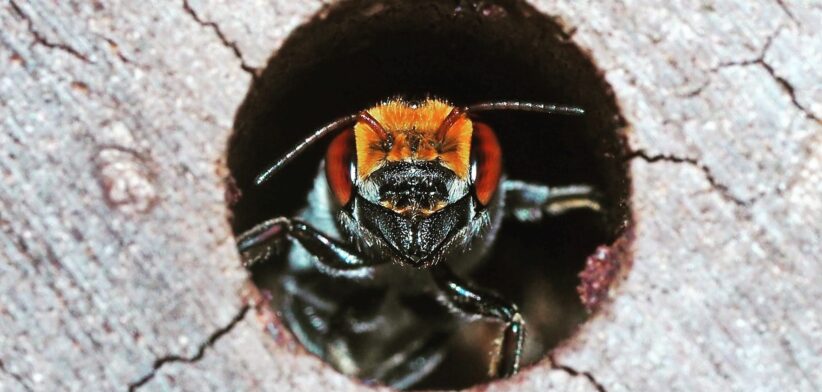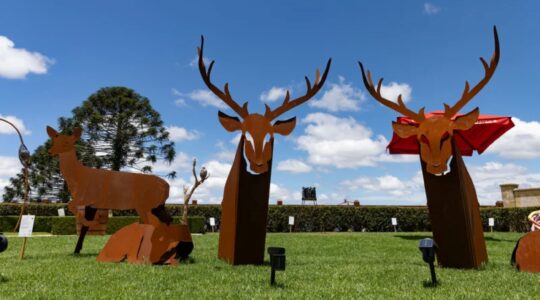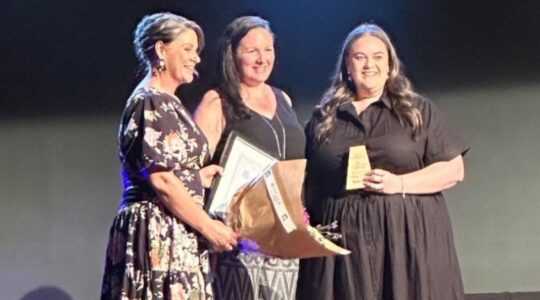European honey bees are having an adverse impact on their native Aussie cousins, risking biodiversity in this country.
A new study from Curtin University, in Western Australia, showed high densities of European honey bees could be harming local native bees’ “fitness” by reducing their reproductive success and altering key traits linked to survival.
Adjunct Research Fellow Kit Prendergast said with honey bees already dominating pollen resources, these findings could have concerning consequences for biodiversity.
Dr Prendergast said the study used specially designed wooden “bee hotels” located in 14 urban bushland and garden sites in Perth to assess how honey bee density influenced key indicators of native bee health and reproduction over two Spring-to-Summer bee seasons.
“Bee hotels are more than just a way to give bees a place to nest – they’re powerful research tools that let us measure how well native bees are surviving and reproducing in different environments,” she said.
“In areas with higher honey bee densities, native bees produced fewer female offspring, had higher offspring mortality and the males that did emerge were smaller – all of which are signs of reduced fitness.”
Dr Prendergast said the research also looked at what types of pollen were being used by bees and found honey bees foraged from a wider range of sources, including exotic plants.
“In some conditions, greater overlap in pollen use was associated with lower offspring numbers in native bees,” she said.
“This shows that honey bees are not as benign as some might think – they can negatively impact local ecosystems and potentially contribute to declines in native bee populations.”
Read the full study: Introduced honey bees (Apis mellifera) potentially reduce fitness of cavity-nesting native bees through a male-bias sex ratio, brood mortality and reduced reproduction.








